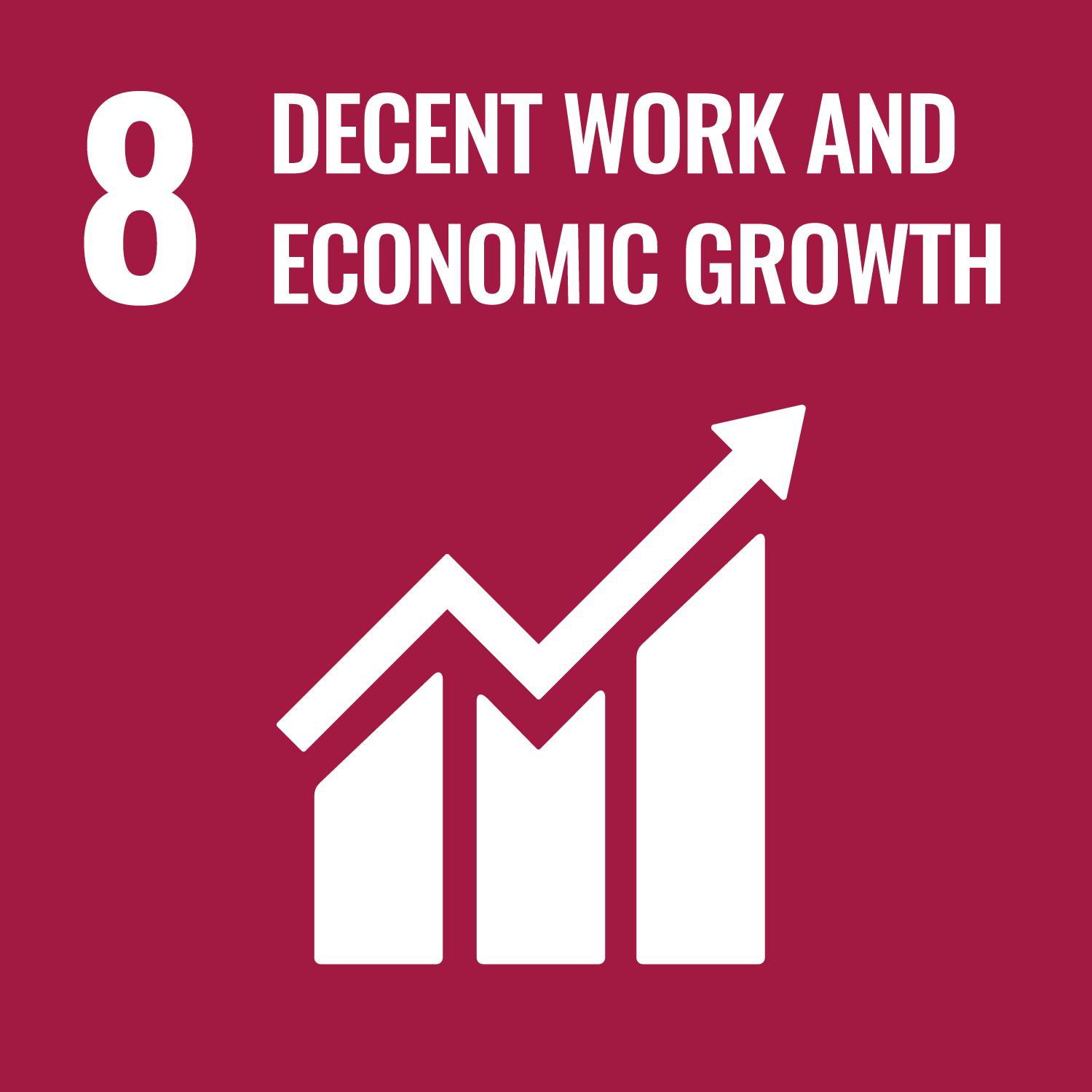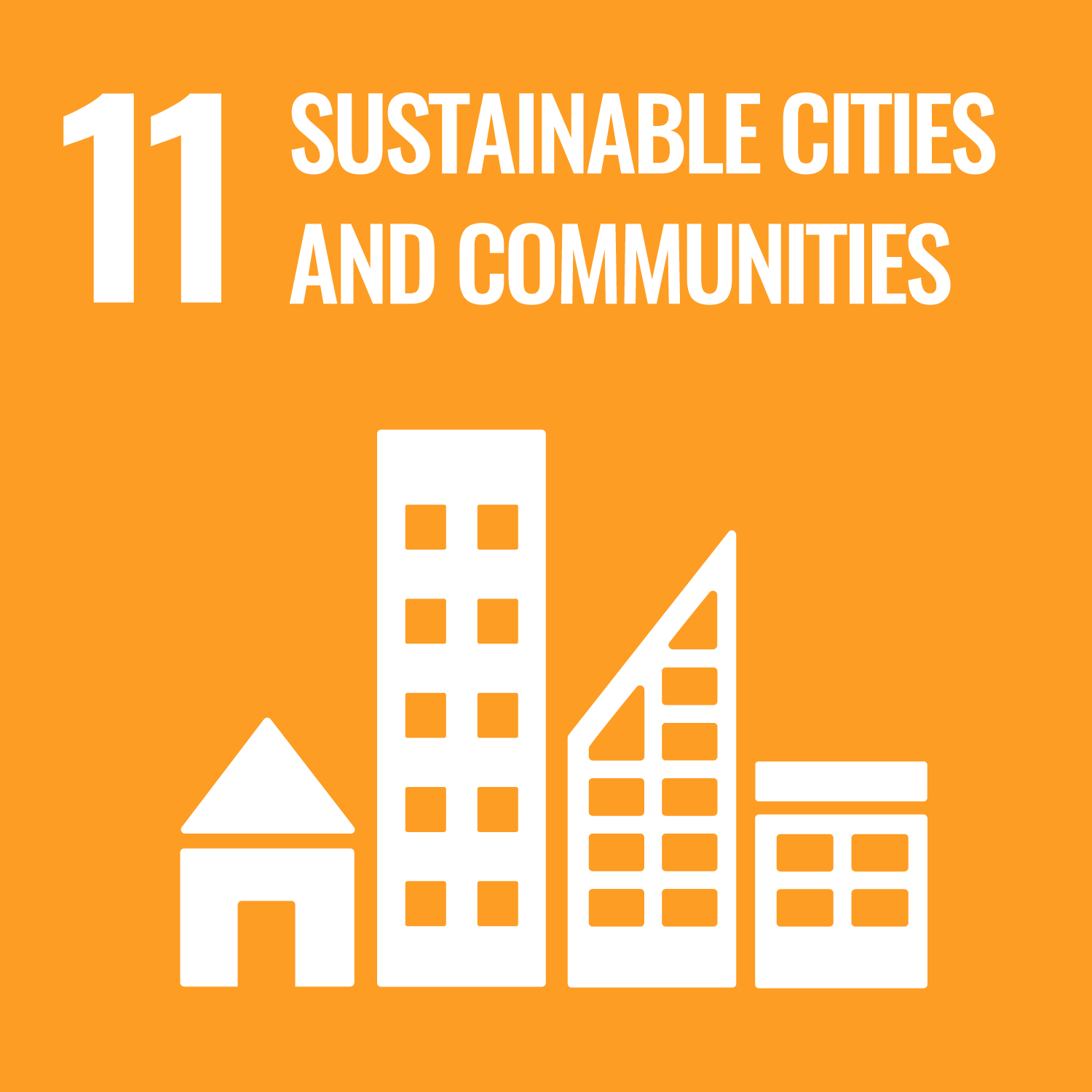Material Issue 5
To improve the livelihood of the local communities where we operate
Material Issue 5
Material Issue 5
To improve the livelihood of the local communities where we operate
Creating jobs through our businesses and contributing to the development of local communities.
Related SDGs



Basic Policy
Both in Japan and overseas, regions where forest businesses are operated are far away from major urban areas, and economic and cultural disparities are often seen even within each country. Especially in developing countries, infrastructure such as roads, hospitals, schools and markets may not even be in place. In Japan, even in urban areas, super-aging is progressing, and there are concerns that quality of life of the elderly will decline, along with inactivation of the entire city due to shrinking household size and increase in vacant lands and vacant houses.
The Sumitomo Forestry Group is actively contributing to development of social infrastructure required in each region, in addition to increasing employment by hiring local human resources, particularly in the forest business in developing countries. In Japan, in urban areas, we will expand provision of high-quality elderly care facilities and nursing care facilities where the warmth of wood can be felt, who are also socially vulnerable. In rural areas, we will develop businesses that contribute to regional revitalization while emphasizing communication with local stakeholders.
Impact on Society and the Environment
| Material Issue 5 | Impact (Opportunities) | Impact (Risks) |
|---|---|---|
| To improve the livelihood of the local communities where we operate Creating jobs through our businesses and contributing to the development of local communities. |
|
|
Management of Material Issue 5 (FY2024)
In Mid-Term Sustainability Targets 2024, Material Issue 5 is divided into 6 evaluation indicators, and management is carried out by incorporating them into annual activity policies and measures of the management department. We also assess the impacts that the material issue has on society and the environment.
Response to Declining Birthrate and Aging Population
The number of private nursing home rooms totaled 1,842 rooms for Sumirin Fill Care and Sumirin Care Life, both of which are elderly care services companies. There was no change from the increase of 78 rooms resulting from the opening of a new facility in Denenchofu by Sumirin Fill Care in 2023. We have maintained an occupancy rate close to 90%, receiving a certain level of positive feedback from facility users. We aim to maintain and improve living environment and health of facility users by providing spaces filled with warmth of trees, introducing advanced systems using ICT, and providing expert guidance based on these systems.
Results
Ratings in the table below
Achieved: ◯ Not achieved but improved from previous year: △ Not achieved and declined compared to previous year: ✕
| Indicators for Evaluation | Managing department | FY2024 target |
FY2024 result |
FY2024 value |
FY2025 target |
|---|---|---|---|---|---|
| Number of rooms at private-pay elderly care facilities (rooms) | Lifestyle Service Division | 1,842 | 1,842 | 〇 | 1,882 |
- Click here for related information
Communication with Local Communities
With regard to communication with local communities, we disclose the number of local personnel employed at the Open Bay Timber (OBT), based in Papua New Guinea as an indicator (the target being increase over the previous year). In fiscal 2022, we increased the number of employees to increase production volume and hired more local residents than planned, such as carpenters for construction and improvement of local life infrastructure. As a result, the workforce increased by 26 compared to the previous year. However, in fiscal 2023, the number of employees decreased by five due to delay in start of production. For fiscal 2024, focusing on heavy machinery as a productivity improvement factor led to a cautious approach in hiring local personnel, resulting in a decrease of 14 employees. In the Medium-Term Management Plan starting in 2025, we have newly set targets such as the number of participants in external environmental learning and social contribution activities domestically, and the implementation of environmental education programs (number of schools) overseas. We will continue to actively promote communication activities that contribute to local communities.
Results
Ratings in the table below
Achieved: ◯ Not achieved but improved from previous year: △ Not achieved and declined compared to previous year: ✕
| Indicators for Evaluation | Managing department | FY2024 target |
FY2024 result |
FY2024 value |
FY2025 target |
|---|---|---|---|---|---|
| Communication with stakeholders related to maintaining SGEC certification (times) | Environment and Resources Division | 1 or more | 1 | 〇 | - |
| Explanation and communication to local residents when planning a new power plant (times) | 1 or more | 0 | ✕ | - | |
| Year-on-year increase in number of people at OBT (persons)
[Recruitment of local human resources to increase production*] |
+28 | -14 | ✕ | - | |
| Pruning and weeding area at TPF (ha)
[Reduce fire risk and improve landscape (pruning and weeding area)] |
30 | Continuation | - | - |
*Open Bay Timber Ltd. (OBT), Tasman Pine Forests Ltd. (TPF)
- Click here for related information
Human Rights
In response to further increasing external requirements for human rights, we are strengthening our human rights efforts. In fiscal 2024, we conducted a review to establish a framework for comprehensively implementing the grievance mechanism* across the entire Sumitomo Forestry Group; however, despite efforts to expand the scope and build the system, we were unable to achieve concrete results. In 2025, we will re-conduct the human rights due diligence, which has been ongoing since fiscal 2017, taking into account recent business environments, review the key human rights issues, and promote the establishment of a grievance mechanism by 2027.
*Grievance and/or complaint mechanisms related human rights issues for stakeholders
Results
Ratings in the table below
Achieved: ◯ Not achieved but improved from previous year: △ Not achieved and declined compared to previous year: ✕
| Indicators for Evaluation | Managing department | FY2024 target |
FY2024 result |
FY2024 value |
FY2025 target |
|---|---|---|---|---|---|
| Efforts related to grievance mechanism | Sustainability Department | Continuous operation | Operational structure under consideration | - | Revalidation |
- Click here for related information
Mid-Term Sustainability Targets Phase 2 (2025–2027)
Management of Material Issue 5
In "Mid-Term Sustainability Targets Phase 2 (2025–2027)," Material Issue 5 is divided into two main categories, and management is carried out by incorporating them into annual activity policies and measures of the management departments.
Communication with Local Communities
| Indicators for Evaluation | Managing department | FY2024 result |
FY2025 target |
FY2026 target |
FY2027 target |
|---|---|---|---|---|---|
| Collaborative Communication Frameworks between Companies and Local Communities in Managed Green Spaces (Number of Environmental Consultants) | Housing Division | - | 25 | 30 | 35 |
| Implementation of Environmental Education Programs (Indonesia) (Number of Schools) | Environment and Resources Division | - | 22 | 22 | 22 |
| Number of Participants in External Environmental Education Programs Provided (Japan) (Persons) | Sustainability Department | - | 4,220 | 4,200 | 4,250 |
| Number of Participants in Social Contribution Activities (Japan) (Persons) | - | 1,850 | 1,900 | 1,950 |
Human Rights
| Indicators for Evaluation | Managing department | FY2024 result |
FY2025 target |
FY2026 target |
FY2027 target |
|---|---|---|---|---|---|
| Review of Human Rights Risk Map and Reassessment Based on the Results | Sustainability Department | - | - | - | Reassessment |
| Building Effective Remedial Grievance Mechanisms | Operational structure under consideration | Revalidation | Establishment | Implementation |

